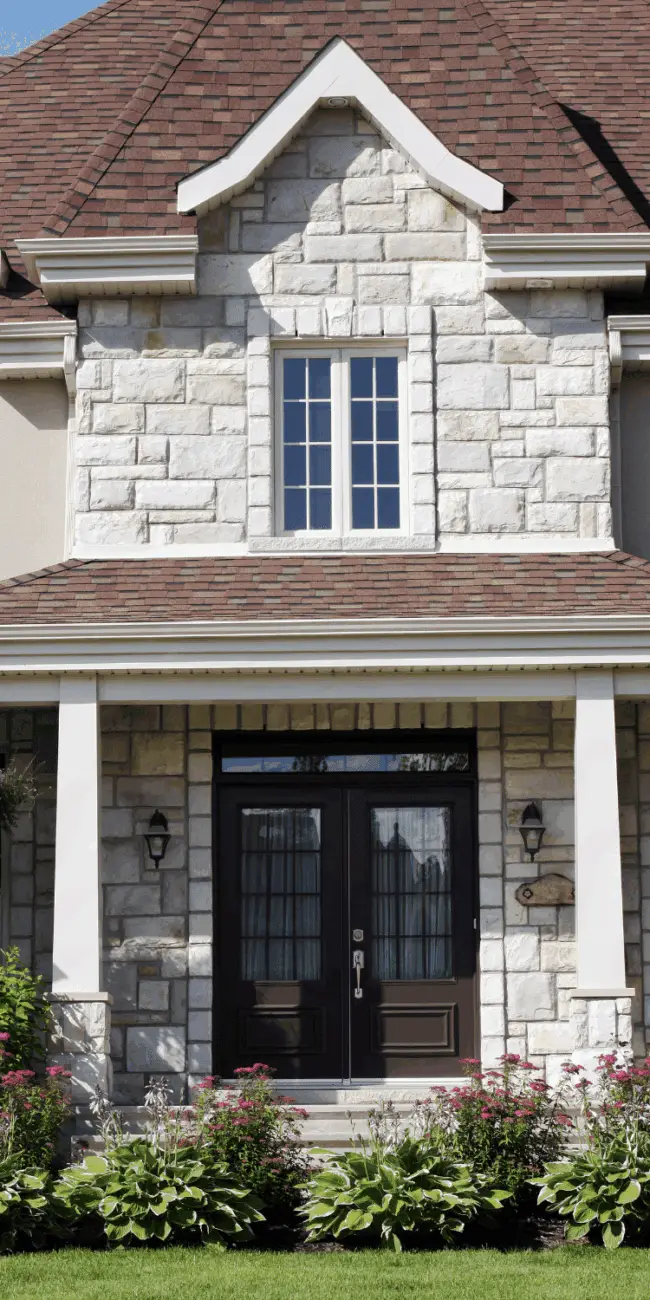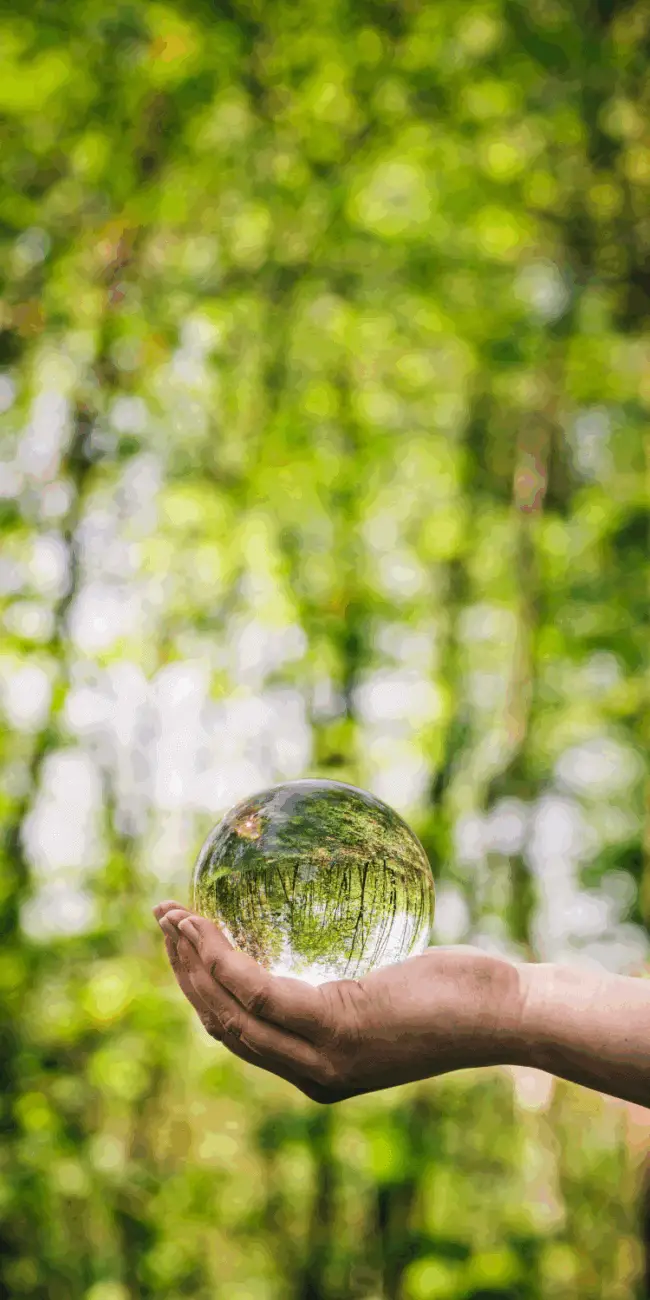There are two kinds of bluebirds, the eastern bluebird, found from Oklahoma and east, and the mountain bluebird, occurring west of Oklahoma.
Male eastern bluebirds have a bright blue head, back, wings and tail. The throat and breast are brightly rufous.

Females are similarly colored but more subdued and they usually have a white eye-ring.


Bluebirds nest in tree cavities but will readily use bird boxes. Beginning in late March, bluebirds may be seen nesting in this area. They make a cup-shaped nest of grasses and lay 4-5 sky blue eggs. Rarely, the eggs are white and are referred to as albinistic. It’s a genetic mutation that occurs in about 5% of females. The babies will be normally colored, though. I’ve seen white eggs once and wish I had taken pictures of them. Eggs hatch in approximately 2 weeks and the young will fledge in 3 weeks.




House sparrows use bird boxes as well. They are more aggressive than bluebirds and will often destroy the eggs and kill the babies. Because of this, house sparrows should not be allowed to nest in bird boxes, and their nests should be pulled out. House sparrows are not native to the U.S. They were introduced to Brooklyn, NY in 1851 to control caterpillar populations. By 1900 they had spread to the Rocky Mountains. Additional releases on the west coast enabled them to cover the entire continental U.S.
House sparrow nests are different from those of bluebirds. The top of a bluebird nest is well below the opening of the box. A house sparrow’s nest fills the box. They stuff the box with grasses, weeds, feathers and other material.










